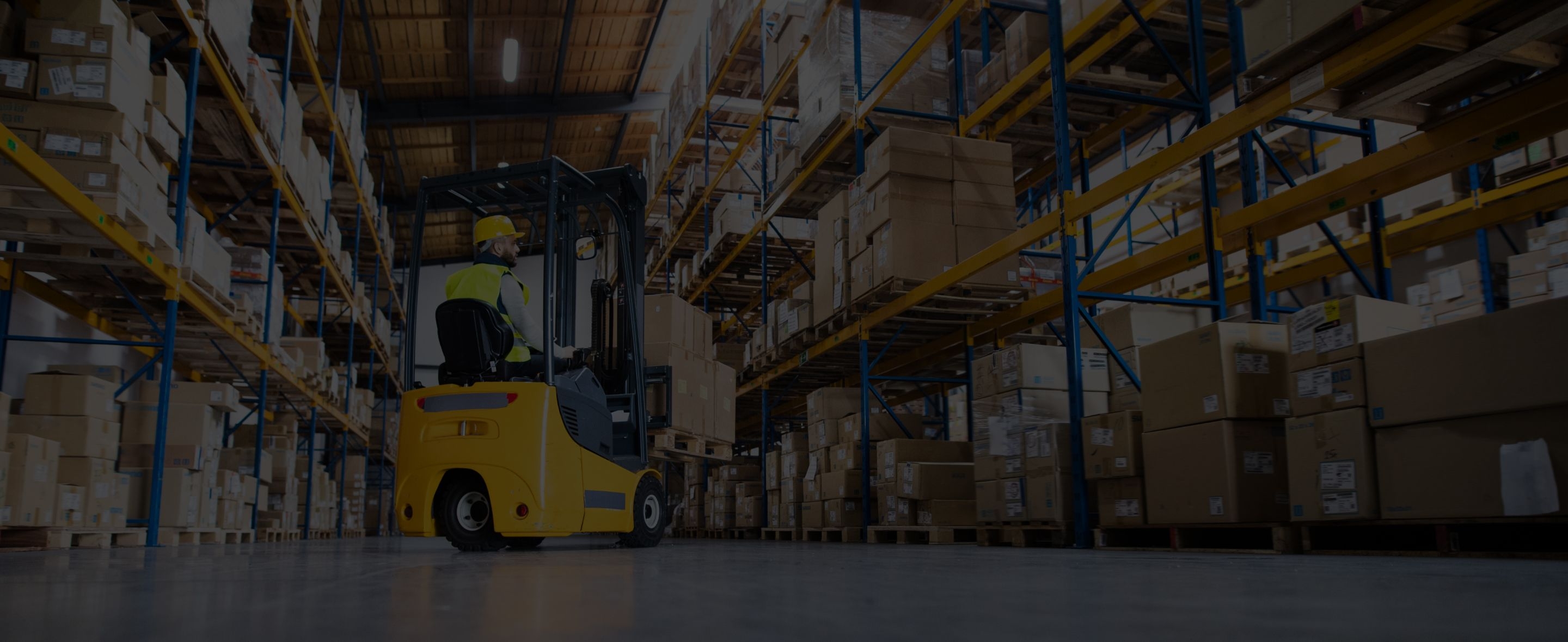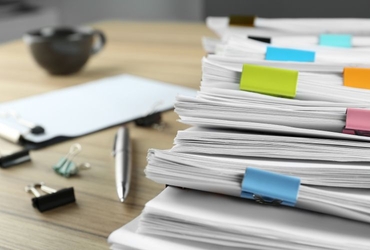
The different equipment and material you may require for your shipment



Whether you’re importing or exporting for commercial purposes or moving overseas, you’ll want to make sure the cargo you’re transporting in shipping containers is as secure as possible.
But ocean freight transportation is a process that involves more than just the sea journey from one port to another. It begins with proper packing and loading at origin until it reaches its destination for unloading. Your cargo is exposed to many risks during this journey, especially when it’s being loaded and unloaded.
You’ll want to take extra care as your cargo is being handled to ensure its safe transportation and reduce risks of damage.
Here are some equipment and material that you may require for the safe transportation of your cargo.
Liftgate
A liftgate is a motorized platform that’s attached to the back of a truck to help with the loading and unloading of goods. It is raised and lowered from ground level to the height of the floor of the shipping container (also known as the truck bed) being transported.
Liftgates are required for pick up or delivery locations without loading docks or forklifts such as residential areas, construction sites, and certain commercial stores. They are typically used for cargo or merchandise that are packed in such a way that it’s too heavy to lift, load, or unload by hand.
Not all trucks are equipped with lift gates. It’s extremely important to request for one with your freight forwarder or trucking company in advance should you see the need for it.
Note: if you’re shipping FCL, you will need a forklift instead of a lift gate as lift gates cannot be attached to shipping containers.
Forklift
Also known as a lift truck, a forklift is a machine that’s used to load or unload merchandise packed on pallets (or slip sheets) on and off shipping containers, as well as transport them over short distances.
A typical forklift uses two power-operated horizontal forks that are raised and lowered, controlled by the forklift operator.
Conveyor
If there are too many boxes to load, especially heavy ones, you can also consider using a conveyor. This also reduces the risk of damage to your cargo from being dropped when being loaded or unloaded manually.
There are many different types of conveyors available. Depending on your needs, some may be better suited to load or unload loose bulk cargo such as parcels instead of large merchandise stacked on pallets, while others may be able to accommodate larger cargo.
This is also a safer option for workers as there will be less heavy lifting required.
Slip sheets
Slip sheets are thin, corrugated sheets often made out of plastic, paper, or solid fiber. They are placed either between merchandise stacked up on pallets, between the merchandise and the pallets or even as a replacement for pallets.
The type of slip sheet you require will depend on the conditions your cargo is being shipped in, its weight, dimensions, and the number of times it will be handled.
The use of slip sheets makes it easier for forklifts to lift your merchandise. Given that they are much thinner than pallets, it’s estimated that slip sheets can reduce up to 30% of the space taken up in the container as compared to pallets and reduce overall container weight as they may weigh up to 20 times lighter than pallets. The downside, however, is that they are less sturdy and can handle less weight.
Ramp
A ramp may be required if there’s no loading dock for you to unload your cargo. Depending on the ramp you’re using, it may be capable of withstanding high weight, including the weight of a forklift and the cargo it’s transporting in and out of the truck or shipping container.
The ramp is usually placed from the foot of the truck or container space to the ground so that the forklift can go up and down with ease.
Certain ramps level off at the top where it meets the truck bed so that the forklift can lift the palleted merchandise placed at the edge easily. a high weight capacity that can be moved into place for loading or unloading of a trailer.
For smaller ramps that do not have such a high weight resistance, you may require a dolly instead of a forklift.
Straps
Straps are extremely useful to hold your cargo together and make sure it’s secure in its place during its journey at sea.
They can either be used to keep your cargo tightly packed together to minimize movements during transportation or strapped down to the floor of the container. These help to prevent damage to your cargo. The material they’re usually made out of is also flexible and soft so there’s no worry of them causing damage to your merchandise.
If you’re loading a car into your container, straps will be needed to hold the wheels down and secure them.
Dunnage
Dunnage is the general name for the material when loading shipping containers to protect goods and from humidity, contamination, and damages.
It’s usually placed:
- In void spaces to minimize movement and falling of cargo during their sea voyage
- Between cargo as padding to keep individual batches separate and safe from damages from one cargo to another as well as prevent them from coming loose
- Between the cargo and the walls of the container
- On top of cargo to prevent container ceiling condensation from damaging the cargo
- Or on the floor to absorb moisture and keep them from moisture-sensitive cargo such as rice or coffee beans
If using wooden materials for dunnage, make sure to use wood that has been heat-treated and retains the stamps to prove it. If the wooden materials used for dunnage do not comply with customs requirements at destination, the entire load may be rejected and returned if customs catches it during an inspection.
Related Articles


